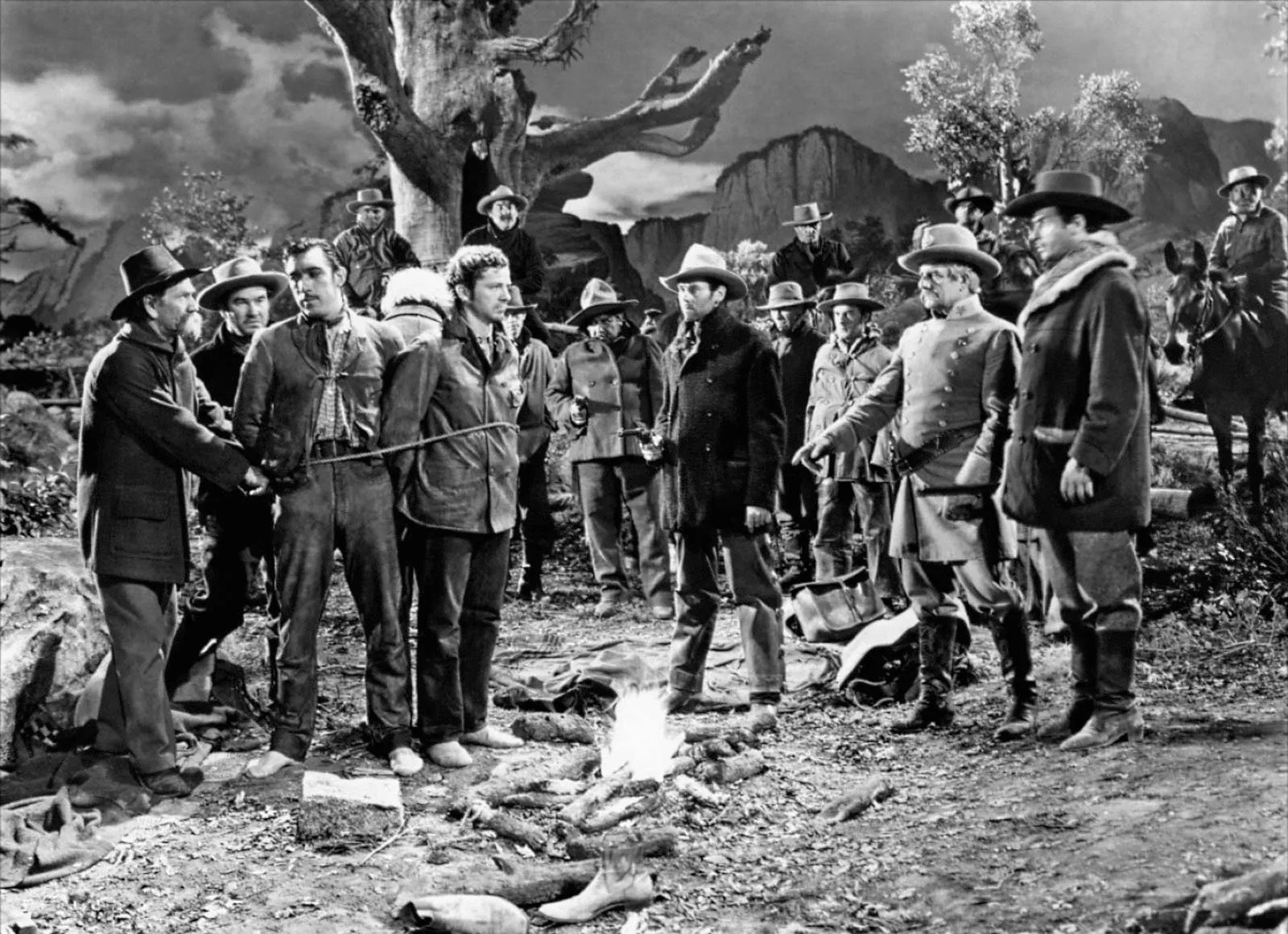Blog
Search the blog archives:

Sportsman’s Paradise Lost?
Conceptual and environmental artist Dawn DeDeaux’s Free Fall is a “concrete poem” of erasure and of mourning. Free Fall is also a call to action.
In Free Fall, Puritan poet John Milton’s epic poem Paradise Lost intersects with the environmental erasures suffered for over a century by the state that, on its license plate, still proclaims itself Sportsman’s Paradise.

Vigilantes are US
The urbanist Jane Jacobs celebrated the city’s “organized complexity.” She rhapsodized over “the daily ballet of Hudson Street”—her home in Greenwich Village (The Death and Life of Great American Cities,1961).
For Jacobs, her competitor Louis Mumford in The Culture of Cities (1938) offered merely “a morbid and biased catalog of ills” (Death and Life, 20). Mumford’s solution, the Garden City, promoted flight to the suburbs that was enabled top-down: by President Eisenhower’s interstates and by Robert Moses’s parkways.
What made the city’s chaos livable for Jacobs came bottom-up: “eyes on the street.” Density on urban streets promises safety.

Improvisation’s Invisible Design: On Not Swallowing Chaos Whole
I count 99% Invisible among my favorite podcasts. Sold with his warm, infectious voice, Roman Mars’s central idea, summed up recently in the “Brilliantly Boring” episode, is that “a hallmark of great design is that you don't notice it.” I think the same can be said of improvisation’s often exquisite formal dance. Improvisers claim loudly that they are just making things up, chaotically going in many directions discursively. A closer look, however, shows that amidst the chaos, formal design emerges.

Selling Spontaneity
You may associate spontaneity with jazz or comic improv. But the direct, all-embracing experience that spontaneity promises has been deployed to sell blue jeans, one of America’s gifts to popular culture.
Jeans were born as long-wearing workpants. J. W. Davis, inventor of the five-pocket, riveted blue jeans, sold them at his dry goods store in Reno, Nevada. They were meant for the mining community (note the pickax in the patent application). Unable to afford the patent office fee, Davis approached Levi Strauss, his denim cloth wholesaler in San Francisco. In return for half interest, Strauss, a German-Jewish immigrant born in Bavaria, funded the patent. Improved by human artifice — rivets — the original jeans were anything but natural.

Free Form vs. Rulebound: How Fair Needs Foul
My interest in behavior that is impromptu and free form means that strict, rulebound social behavior interests me almost as much. Even more interesting is when the two come together, fighting for dominance: will the perfect rightness or the just-as-perfect disruption of perfection win the day?
So Leonard Cohen thought, too. In “Anthem” on the 1992 album The Future he sings, "Forget your perfect offering. There is a crack in everything. That’s how the light gets in."
